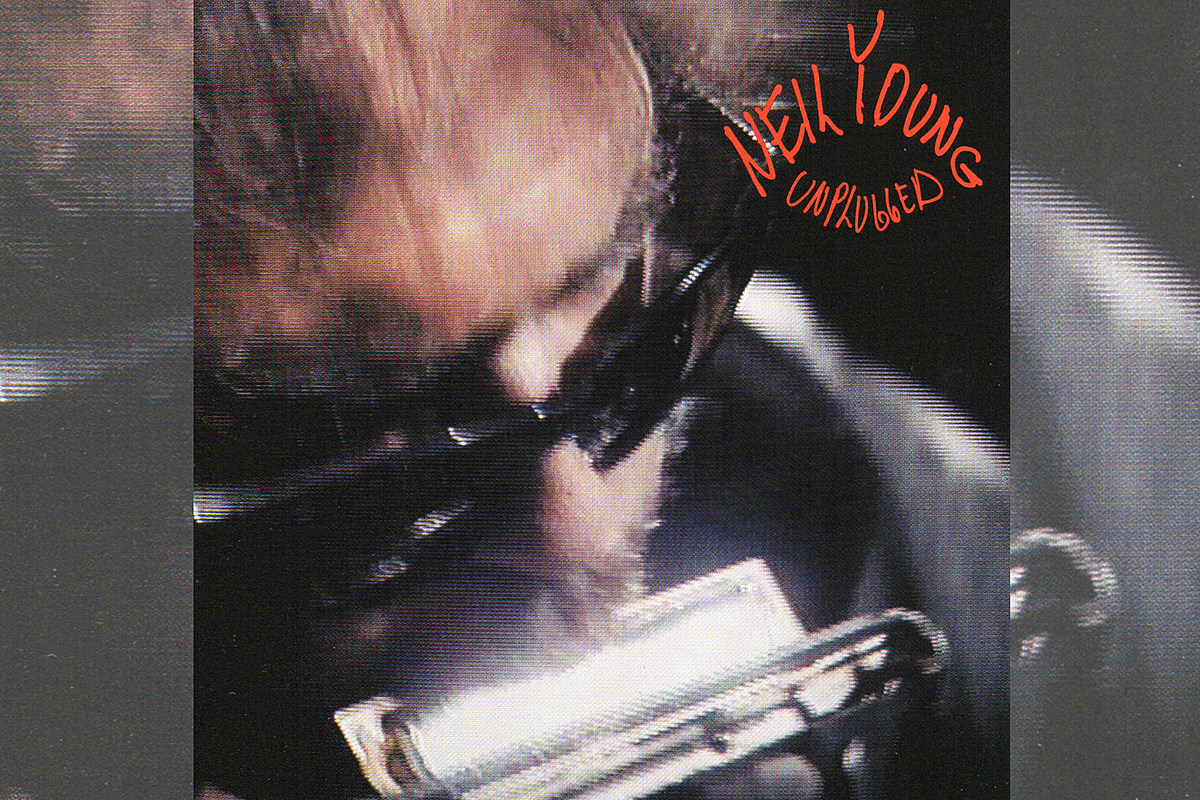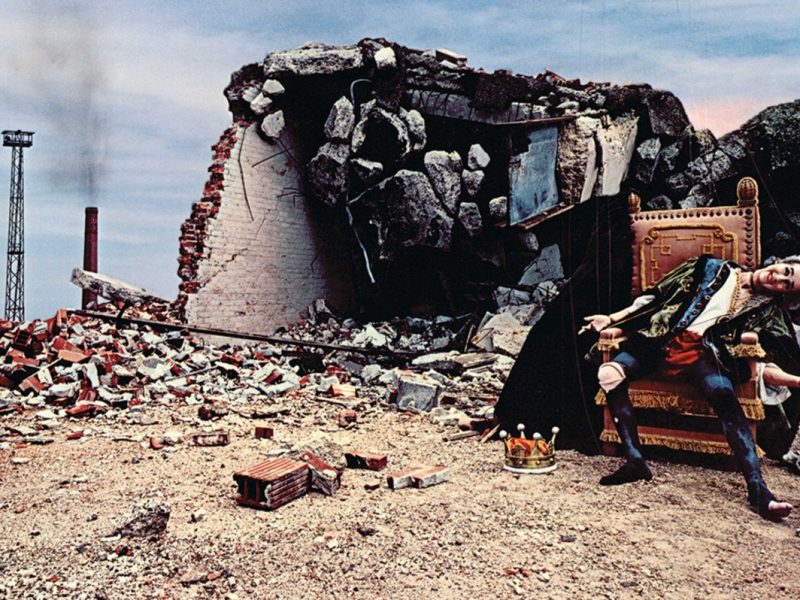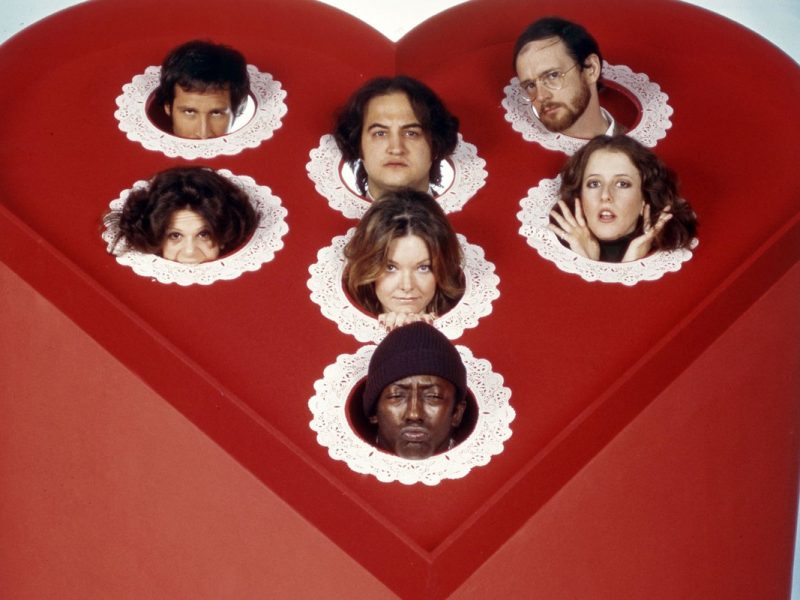Neil Young’s Unplugged album almost never existed.
When he took the stage in December 1992 to film an episode of MTV Unplugged at New York City’s Ed Sullivan Theater, Young had already played 49 solo shows in support of Harvest Moon. Most had probably gone off well. This one did not.
“Numerous songs had false starts,” according to Rolling Stone, “and it was clear to everyone in the audience that Young wasn’t happy. He eventually simply walked out the door and onto the streets of Manhattan, with stunned crew members trailing behind.”
Young “was onstage, he was singing and suddenly, for whatever reason, he got agitated and ran outside,” Jim Burns, the late co-creator of Unplugged, remembered in I Want My MTV. “He ran down Broadway, and [producer] Alex Coletti ran after him. Neil never came back to finish the show.”
Actually, he did come back and play two songs before splitting for good, but the evening was a washout. Young would not permit the film of the show to be broadcast.
A little less than two months later, in February 1993, Young brought a band to Universal Studios in Los Angeles that included three-fourths of the Stray Gators (with whom he had recorded Harvest Moon), plus background singers Nicolette Larson and Astrid Young, and Nils Lofgren alternating on several instruments. With the supple accompaniment of these musicians, Young recorded a second Unplugged, which would be played on MTV a month later and released as a standalone album on June 15, 1993.
Understandably, considering the personnel involved, the sound of Unplugged hews closely to that of Harvest Moon. The set also incorporates three of the album’s songs with classics and rarities. Of the new cuts, “Unknown Legend” and the title track from Harvest Moon fare the best, thanks to the harmonies and the flexible accompaniment of the band. “Long May You Run” is another band highlight, an elegy to an old friend (in this case, one of the automotive sort) that’s every bit as moving as the original.
Listen to Neil Young’s ‘Transformer Man’
The chief oddity of tracks is “Transformer Man” — the Trans cut on which Young made his voice weep through a vocoder — now re-imagined as a song that could have fit comfortably on, well, Harvest Moon.
Where Young shines brightest on Unplugged is on the solo tracks that open the album. Separated from the narcotic fuzz of Tonight’s the Night, “World on a String” seems less threatening and more like a piece of earned knowledge passed on by a learned sage – maybe that burnout uncle who still wears his fringe-sleeved coat. That same uncle delivers a story like “Pocahontas” in the first person, sitting around the fire, swapping tall tales that sound feasible, but which couldn’t possibly be.
“Stringman,” a moving benediction for a departed love, was supposed to be on Chrome Dreams (a legendary unreleased album), but got tossed aside when Young’s muse moved on to his next project. He resurrects it here in a simple piano-and-voice reading that makes you long to hear more of the little masterpieces he has squirreled away in that old barn in the canyon, or wherever he keeps his vault of recordings.
But even then, you haven’t lived ‘til you’ve heard “Like a Hurricane” sung by Young, accompanying himself on a pump organ. It sounds like a hymn, though not quite a sacred one.
Unplugged is a fine live record and snapshot of Young in the middle of a fertile creative period, making music in the settings in which he felt made the most sense, for an audience that had come back around to him in the previous few years. Whether he had driven them away deliberately, or they had wandered off on their own, none of it mattered: Neil Young was speaking to them again, and they were not just listening, but hearing him.
Neil Young Albums Ranked
Neil Young is one of rock’s most brilliant, confounding, defiant and frustrating artists.
The Best Crosby Stills Nash and Young Fight Stories



